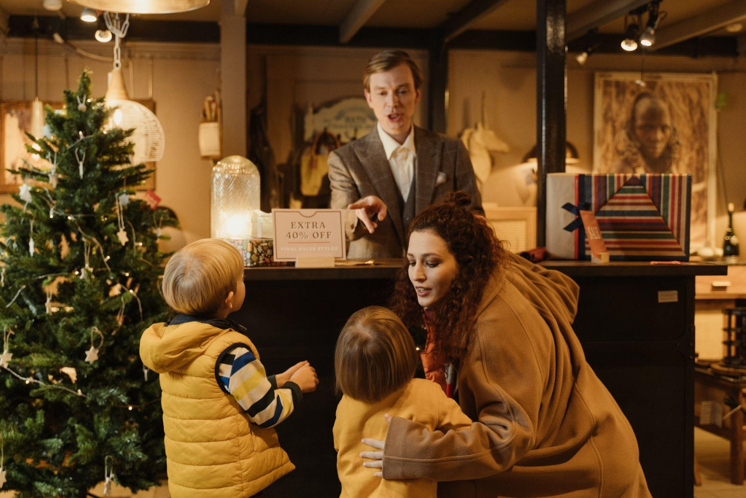
Artificial Christmas Trees: A Brief History
Artificial Christmas trees have become a staple in modern households during the holidays, but their origin can be traced back to the 19th century. The first artificial trees were made in Germany from goose feathers dyed green and wired onto wooden branches. They were designed to replicate the beauty of natural trees but without the mess and hassle of decorating them every year.
By the 1930s, artificial trees became more popular in the United States, particularly during the Great Depression, when families couldn’t afford real trees. During the post-war period, artificial trees continued to evolve, with new materials such as aluminum and plastic, making them more affordable, durable, and customizable.
Today, artificial Christmas trees come in various styles, sizes, and shapes. Some are pre-lit with LED lights; others have realistic-looking pine needles made from PVC or PE materials. There are even collapsible trees that can be stored easily in small spaces, making it a convenient option for those living in apartments or smaller homes.
The Fascinating Connection with Witches and Wands
The history of artificial Christmas trees has an intriguing connection with Salem, Massachusetts, and witchcraft. The Puritan roots of Salem in the 1600s rejected the celebration of Christmas, considering it a pagan holiday. However, in the mid-1800s, wrought iron trees were introduced, slowly gaining popularity. The most common style was a circular base with several tiers, each holding a layer of candles.
The resemblance of the trees to the witches’ wands caused quite a stir in a town steeped in folklore and superstition. The first Christmas tree was installed in the White House in 1889 by President Benjamin Harrison, who was well aware of this connection when he erected his tree in the Oval Room. News of the White House tree spread quickly, and artificial Christmas trees became all the rage.
By the early 1900s, tinsel was an essential decoration for a Christmas tree, and its value was steeped in the Victorian era’s love of all things magical and opulent. Tinsel was made in Germany and exported to the US, and the process for creating the strands involved a complex chemical reaction known as electroplating. It was another connection with Salem, as the witch trials featured many women accused of witchcraft because of their knowledge of poisons and potions.
Benefits of Artificial Christmas Trees
There are many benefits to choosing an artificial Christmas tree over a real one. For starters, you don’t have to worry about buying a new tree every year or dealing with fallen needles. Artificial trees are also more environmentally friendly, as they can be reused for several years and don’t contribute to deforestation.
Artificial trees are also safer than real trees as the risk of fire is significantly reduced. They’re non-flammable, and most come with built-in lights approved by safety standards. Additionally, you have more control over the design and style of the tree, allowing you to choose the perfect size, color, and shape to suit your preference and space.
In conclusion, artificial Christmas trees have evolved from their humble beginnings into a popular and versatile holiday decoration. Whether you prefer the traditional look of a whole pine tree or a modern and minimalist design, there’s an artificial tree to suit any style and budget. And as we’ve uncovered, the history of these trees is rich with magic and intriguing connections. So, this year, when trimming your tree and sipping on eggnog, remember the fascinating stories behind the modern-day holiday tradition.